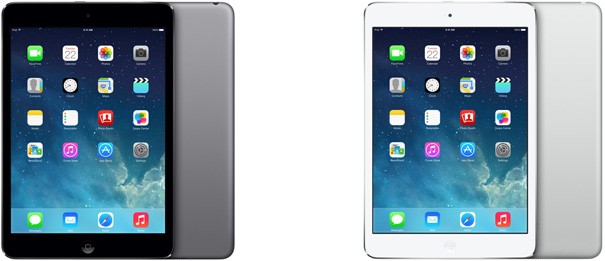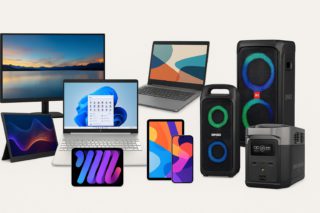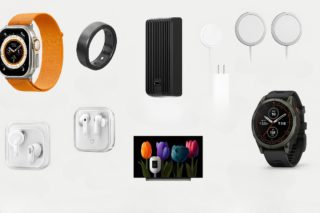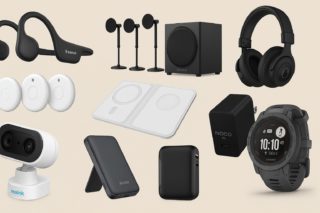Expensive smart home displays mock you from store shelves with their $500 price tags, yet the perfect HomeKit dashboard might be gathering dust in your junk drawer. That iPad Mini 2 you replaced three phones ago? It transforms into a dedicated smart home command center that outperforms most purpose-built panels.
Why Your Old iPad Beats New Smart Displays
The Home app delivers more control and visual detail than dedicated smart home screens.
Your forgotten Apple device runs the same Home app as your current iPhone, but as a permanent fixture. Wall-mounted iPads showcase room layouts, security feeds, and accessory controls with clarity that tiny smart speaker screens can’t match.
The interface feels less like operating a microwave and more like commanding a starship bridge—assuming starships needed dimmer switches. Setup takes minutes:
- Enable Guided Access to lock the device in Home app mode
- Set auto-lock to “Never”
- Grab a $15 wall mount from Amazon
Your thermostat readings, door lock status, and lighting scenes become instantly accessible without fumbling for your phone or shouting at Alexa like she owes you money.
The iOS 16 Reality Check
Apple changed the rules, but local control remains surprisingly robust.
Here’s the catch that tech blogs buried in fine print: iPads lost official Home Hub status with iOS 16 in 2022. Remote access and advanced automations now require HomePod or Apple TV hardware. But for wall-mounted dashboard duty? Your repurposed iPad handles local control beautifully.
Think of it as the difference between a smart TV and a streaming stick—both play Netflix, but one needs extra hardware for full features. Your HomeKit accessories respond instantly when you’re home, which covers 90% of actual usage scenarios.
When Free Beats Premium
Your obsolete Apple hardware delivers superior functionality compared to commercial smart displays costing hundreds.
The math stings manufacturers: your “worthless” Apple device provides better HomeKit integration, larger screens, and zero learning curve compared to dedicated panels. You already understand iOS gestures, and every HomeKit accessory works seamlessly without compatibility roulette.
Sure, you’ll miss remote monitoring your security cameras from Starbucks, but honest question—when did you last adjust your living room lights from three states away? For dedicated, always-on home control, your drawer’s forgotten Apple device just became the smartest investment you never made.





























